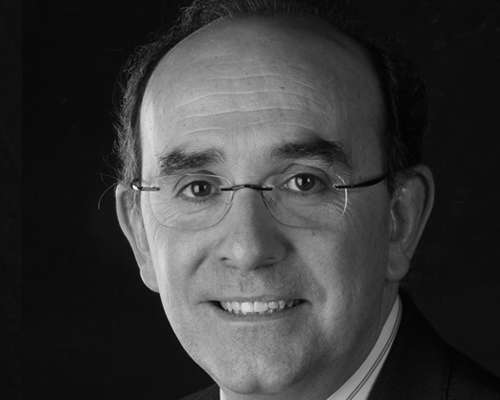
Dental implants in this day are often seen as the treatment of choice to replace missing teeth due to their high predictability and long-term success. The quantity and quality of both hard and soft tissues are critical factors in achieving satisfactory results with implant-borne prostheses. However, deficiencies in soft and/or hard tissues are frequently encountered and this requires the provision of reconstructive surgery to correct the sequelae of alveolar bone resorption through modeling. In the posterior, a short and rounded alveolar process and in the anterior a narrowed process are seen post-resorption. The practice of minimally invasive surgery is increasing in use and reduces surgical complications and surgical morbidity while preserving the available oral tissues, as well as saving time and costs.
The use of short implants with the residual bone height as guidance, to reduce the patient's need for bone augmentation may obviate the need for surgical augmentation or at least expand the indication of minimally invasive alternatives.
In this effort to improve patients’ outcomes, the use of plasma rich in growth factors would also be of importance to minimise surgical complications whilst enhancing the patient's recovery and accelerating tissue healing.
Learning Objectives:
- To be aware of the biological key elements in the diagnosis of atrophic maxillae
- To understand the difficulties and challenges in the treatment of alveolar bone atrophy
- To be able to compare minimally invasive surgery/graft less implantology versus bone augmentation surgeries: where is the limit?
- To have knowledge of the predictability of short- and narrow-diameter dental implants in the treatment of atrophic maxillae
- To understand the biological principles of wound healing: proteins, cells and scaffold, as well as biostimulation in oral implantology
- To understand the clinical implications of biomechanics in the treatment of atrophic maxillae
- To understand the principles of prosthetic design as well as the aetiology and prevention of peri-implantitis